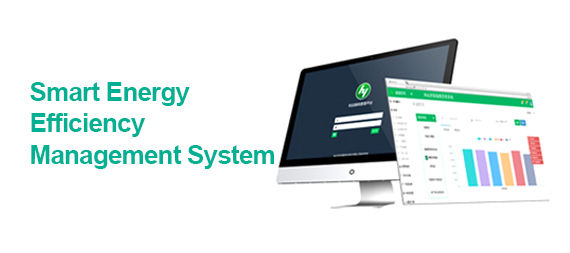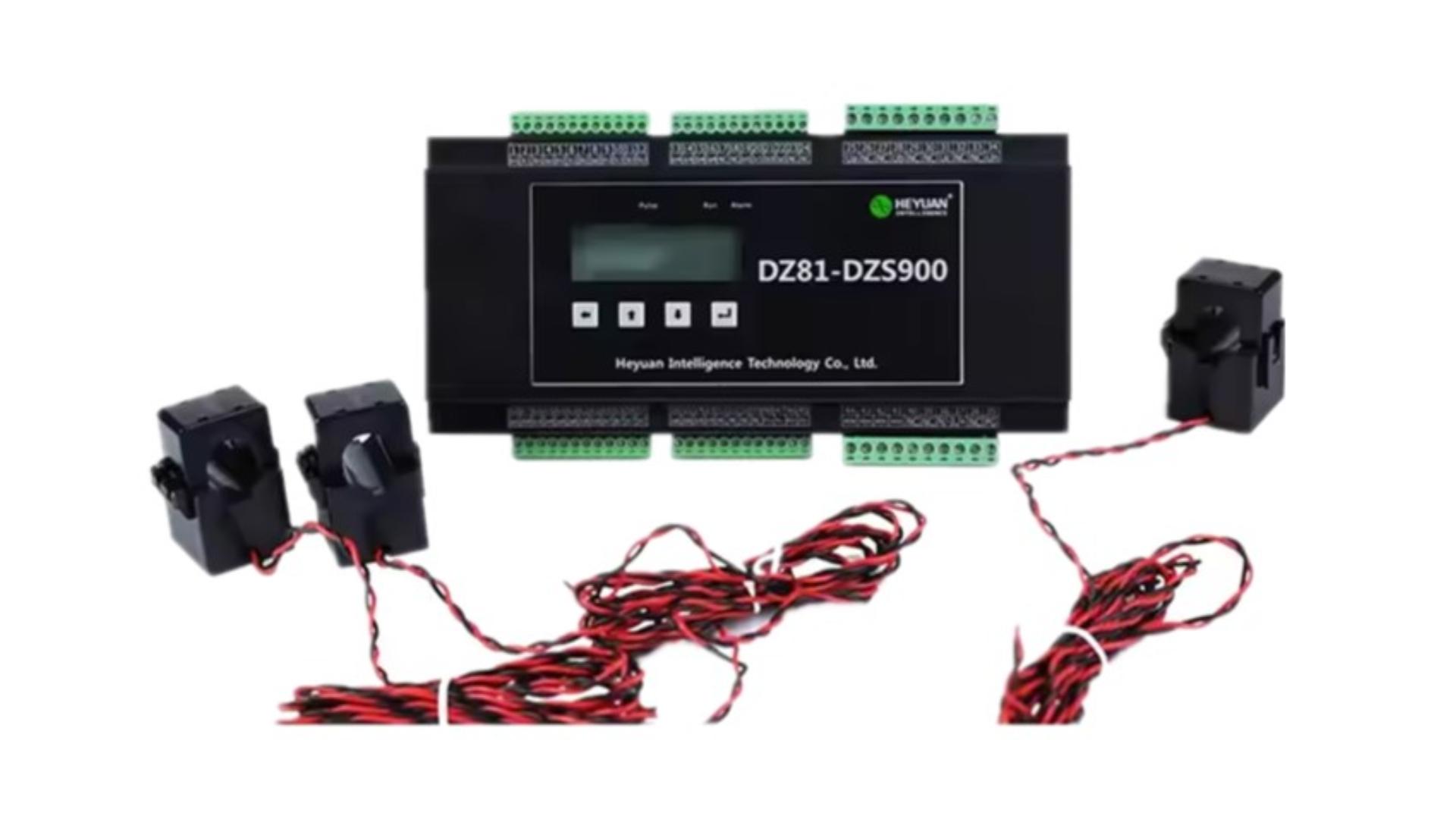
Phase Voltage Line Voltage
【Symbol】
U, u Ua, Ub, Uc, Un Uab, Ubc, Uca
【Unit】
μV, mV, V, kV
Conversion relationship: 1kV = 1000V, 1V = 1000mV, 1mV = 1000μV
【Definition】/【Calculation Formula】
Voltage: also known as electric potential difference or potential difference, is defined as the work done by the electric field force to move a unit positive charge from point A to point B. The ratio of the work WAB to the charge quantity q is called the electric potential difference (or potential difference) between points A and B, denoted as UAB. The formula is:
UAB=WAB /q
The direction of voltage is defined as pointing from a higher potential to a lower potential.
It is conceptually similar to the "water pressure" caused by differences in water levels and is the reason for the directed movement of free charges in an electric circuit, forming an current.
Phase Voltage: For single-phase power supply, phase voltage refers to the voltage between the live wire and the neutral wire, which is commonly referred to as 220V.
For three-phase power supply or the voltage across each phase of a three-phase load. English name: phase-to-neutral-voltage
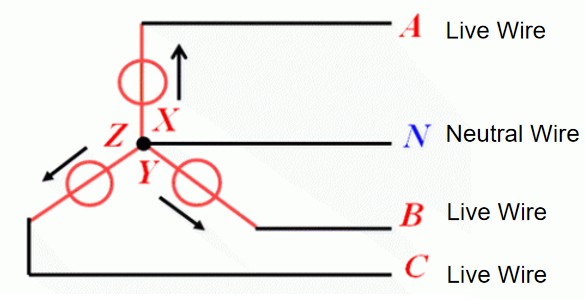
In a star (Y) connection (with the neutral point denoted as N), the phase voltage represents the voltage between each phase and the neutral point. The phase voltages for phases A, B, and C are denoted as Uan, Ubn, and Ucn, respectively.
In a delta (Δ) connection, the phase voltage represents the voltage between phases. The phase voltages for phases A, B, and C are denoted as Uab, Ubc, and Uca, respectively.
Line voltage: refers to the voltage between the phases of the A, B, and C lead wires in a three-phase circuit, also known as interphase voltage.
The relationship between line voltage and phase voltage in a three-phase power supply (taking the power source side as an example) is as follows:
(1) For a delta (Δ) connection, the line voltage is equal to the phase voltage:
Uab=Ua,Ubc=Ub,Uca=Uc
(2) For a star (Y) connection, the line voltage is the square root of 3 times the phase voltage:
Uab=√3Ua、Ubc=√3Ub、Uca=√3Uc
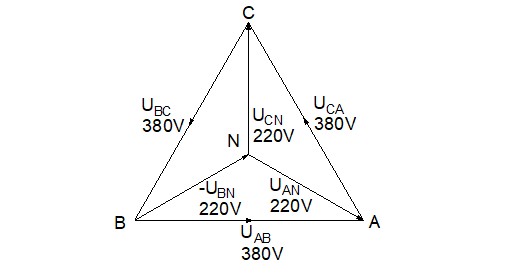
【Classification】/【Standard】
(1) If the magnitude and direction of voltage do not change over time, it is called direct current (DC) voltage, denoted by the uppercase letter U.
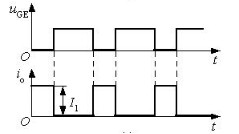
(2) If the magnitude and direction of voltage vary with time, it is called variable voltage. The most common type is sinusoidal alternating current (AC) voltage, also known as AC voltage, with its instantaneous value denoted by the lowercase letter u or u(t).
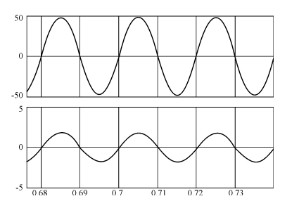
According to the national standard GB3805-83 "Safe Voltage," to prevent electric shock accidents, the following five levels of safe voltage for power frequency in China are specified: 42V, 36V, 24V, 12V, and 6V.
Common voltage values in daily life:
Voltage to maintain human bioelectric current: approximately 1.2mV
Nominal voltage of an alkaline battery: 1.5V
Voltage of a single plate of a lead-acid battery: 2V
Voltage of a mobile phone battery: 3.7V
Safe voltage for the human body: generally not higher than 36V
Household power supply voltage: 220V
Power supply voltage for industrial use: 380V
Voltage for trolleybus power supply: 550–600V
Voltage of the traction network above high-speed trains in China: 27.5kV
Voltage between cloud layers during lightning: up to 1000kV
Common voltage values used in some countries and regions:
In China, the industrial power supply voltage of 380V refers to the voltage between any two phases, i.e., the line voltage.
Phase and line voltages in various countries and regions are as follows:
【Application】
For DC voltage-powered devices, it is essential to correctly distinguish the positive and negative poles and determine the required voltage range of the device. For AC voltage-powered devices, the correct connections should be made according to the markings of the live wire (L), neutral wire (N), and protective earth wire (E).
Voltage rules in series circuits: The total voltage across the ends of a series circuit is equal to the sum of the voltages across each part of the circuit, U=U1+U2 (e.g., two dry cell batteries connected in series: 1.5V + 1.5V = 3V).
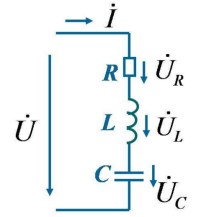
Voltage rules in parallel circuits: The voltage across each branch in a parallel circuit is equal and is the same as the source voltage, U=U1=U2 (e.g., in household lighting and socket circuits, each socket is 220V).
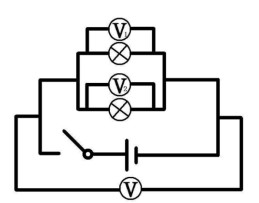
For measuring high voltage, a potential transformer (PT) is required. Similar to a transformer, a potential transformer is used to transform voltage. The secondary side is connected to measuring instruments and relay protection devices. It is used to measure the voltage of a circuit, and the secondary side must not be short-circuited.
In China's low-voltage power supply system, the rated phase voltage is 220 volts.
In engineering applications, yellow, green, and red cables are used to represent the A, B, and C phases (live wires) of a three-phase system. Blue cables are used for the neutral wire, and yellow-green striped cables are used for the grounding protection wire.
In daily life, the single-phase voltage refers to the 220V household power supply voltage. For three-phase systems, there is a distinction between phase voltage and line voltage. Three-phase electricity is commonly referred to as power electricity and is used to supply power to motors and other equipment in factories.
【Product】
Voltage、phase voltage、line voltage are all the basic remote measurements , voltage is commonly denoted by the symbol V in electrical diagrams. The magnitude of voltage is measured using a voltmeter. In our company, the MS series of instruments, except for single-phase ammeters, all require voltage measurement. Depending on the type of meter, they also extend to functions such as analyzing zero-sequence voltage, average voltage, voltage unbalance, voltage qualification rate, and voltage sag.
【Hazards】
If the supply voltage is lower than the rated voltage, the power of electrical appliances will decrease. For example, the brightness of a light bulb will be reduced, and the rotational speed of an electric motor will decrease.
For high-power electrical appliances, such as lathes, insufficient output power due to large loads can cause the machine to overheat. Long-term operation under such conditions may lead to equipment damage.
Leave a Message
Your email address will not be published.
Posts
Products







